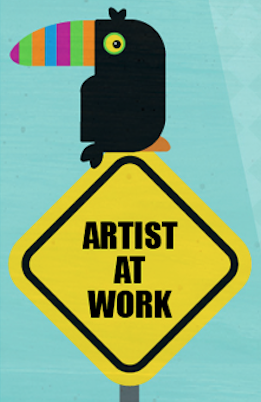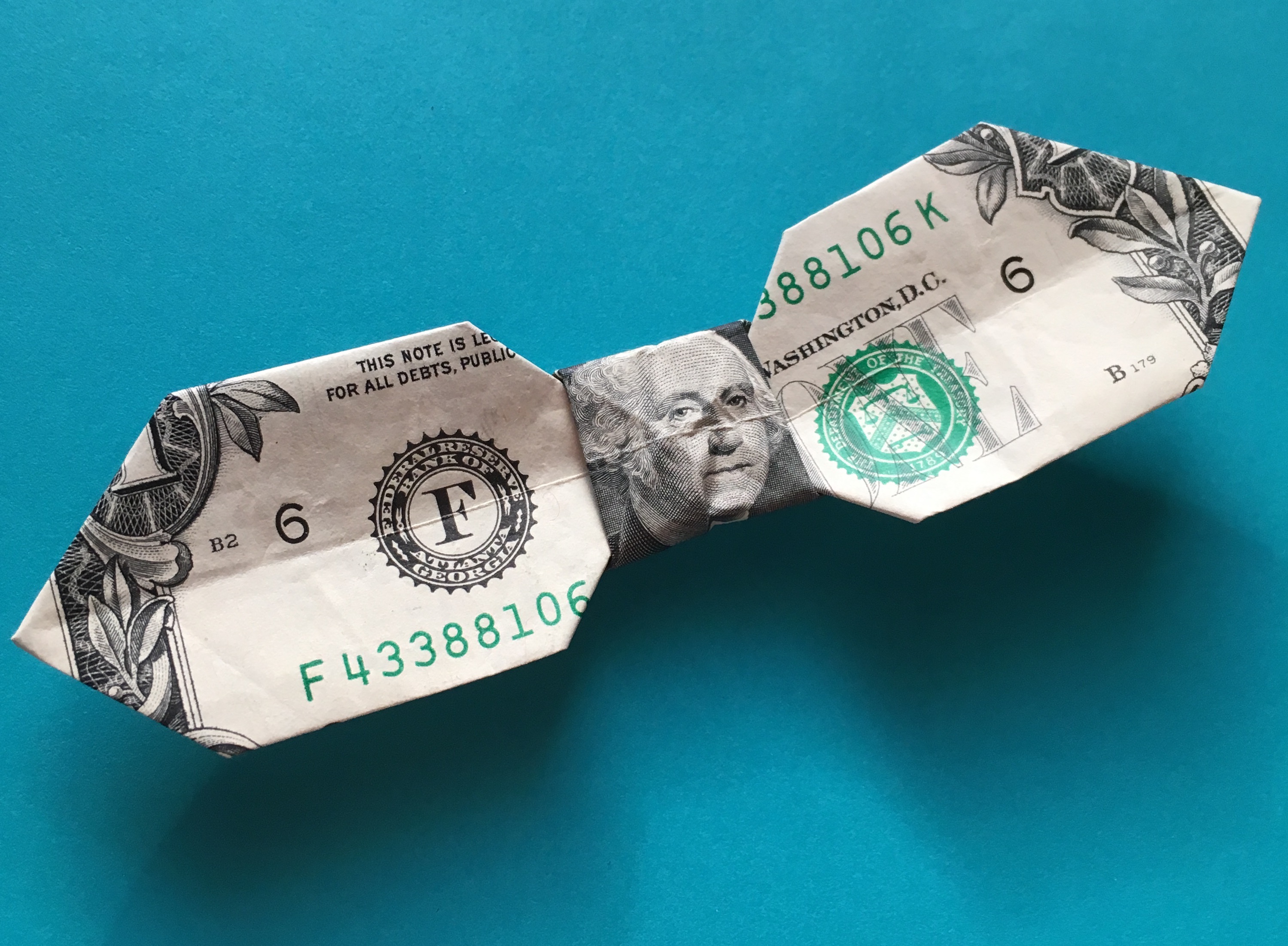I was reading a post on a friend’s Facebook page a few days ago. Her daughter is a dancer; she was a dancer in her youth. The post (which my friend didn’t write, but was commenting on) was an open letter to some dance-related organization about girls showing up to audition for something and having to pay a fee to audition. There were a lot of comments, mostly that expressed outrage that anyone should be expected to have to pay to participate in an audition. I didn’t comment because I am not part of that community, but I snorted and thought to myself “Welcome to the club!”
As an artist, I have to pay to audition all the time. Nearly everything I apply to has a “jury fee” associated with it. I was talking with friends about this several months ago and we were all surprised. They had never heard of a “jury fee” and I didn’t know that my non-artist friends didn’t know this was a thing. So that seemed like a great reason to write a post about it.

Most of the shows and exhibitions my work would be a good fit for have an application process. You submit an artist statement and maybe another statement about how your work fits the theme of the show. You upload an art resume. Then you choose images to represent your work or the specific pieces you think would belong in the show. The specs for these are always wildly different. You spend a LOT of time recropping and resizing your images so they fit whatever format that the spec says. Then you pay a fee. The last few shows I have applied for have been $15-$45, due when you submit your application. “Art sale” style shows have a similar set-up. You often jury in to the show for free, but the booth fee is due generally when you are accepted and those for me have ranged $75-$1100.
Those fees are non-refundable. You don’t get it back if you don’t get into the show or if your sales at the show are dismal. It’s what you pay to play.
A couple of years ago, I applied to a LOT of things. I wanted to get my work out there. I had some new pieces and new photos and I was fired up. And then at some point, as the “no thank you” letters started to come in, I realized that there were possibly a lot of better things I could be doing with those $250 worth of fees I had spent. I wrote about it a bit in this post. I thought about that post this week as I was waiting for the results of a jury selection; one of a very small handful of things I had paid a fee to apply to this past year. (I found out I didn’t get in to that one by seeing other artists post their “YAY! OMG I am so excited!” posts on Instagram two days before I got an official “sorry, no thanks.” email. But that’s another post.)
I currently sit on two boards of directors for cultural organizations and most of the big, important and sometimes contentious discussions we have been having recently have been about accessibility. How do we make sure that we are doing things in ways that are accessible to more people? What are barriers to participation and how can we address them? We don’t yet have all the answers, but we are working on it and trying to understand better who is not at the table. With that lens so often in my mind right now, I was thinking about this whole “pay to play” concept and how much it is a HUGE accessibility fail.
I am fortunate that I have the ability to pay for those jury fees. I have an active business selling my work and I can use some of those profits to help with these fees. There have been points in my life/career/business that I wouldn’t have been able to do that and it would have been choosing between jury fee or grocery money. And it’s not just the fees. I have a computer and internet access at my house. I can photograph my work and I have all of the equipment to do that. I know how to reformat .jpgs and .pdfs and jump through whatever technology hoops those applications require. Applying to anything also takes time. An exhibition might take an hour; a grant might take 8 or 10 to do all the preparation for the application. I don’t get paid for any of that time.
How many people do I know who can do all of those things and take on all of that expense? Not many. Talk about barriers to participation. So what can I do about that?
I don’t have the answer.
So I am throwing the question out there to all of you, too. Just one of the opportunities I applied to had a statement that said something like “if you can’t afford the application fee, just contact me and I will waive it because I don’t want anyone to not apply because of that”. I appreciate the effort, but I wonder if myself-in-a-past-life-who-would-have-had-a-hard-time-affording-that-fee would have stepped up and said “I can’t afford this” and taken advantage of that offer. I don’t know. I’m in a position with the organizations that I am involved with to have a voice in the accessibility of these kinds of opportunities, but it feels like not much. I have been passionate about teaching technology to artists for many years and I can continue to teach people about photographing their work and helping to demystify DPI and MBs. I realize that there are totally legitimate reasons that organizations charge fees for these things. I have worked in the non-profit arts field for 20 years. They need the money. But I have to wonder if the last one I applied to really can justify the $10,000 in fees that the jury process generated.

I’m trying to make a commitment this year to myself to get some online classes done, turning the Spoonflower Master Class that I have been teaching into an online version, so more people are able to participate. That’s really important to me. I want more of you to be making art right alongside me, not just the people who can afford to fly somewhere for a weekend. The online class will cost a lot less (because I can take out all of the travel/hosting/hospitality costs of doing the class in a physical space) but I go back and forth about how I teach it. Do I choose the “pro” version and make it so you have to have Photoshop/Illustrator? or the “free and cheap” version so maybe I can reduce that financial barrier. (And no I can’t put both in one class.) I can’t decide. And I know I will get criticism both ways. It’s something I need to think about some more. And talk to some more smart people.
What are your thoughts? How can we as artists (and aspiring artists) help organizations be more accessible with these kinds of opportunities and get away from the pay-to-play model? What can we do to help make that happen?




I felt the same way about Camp Seamsters. I wanted to offer a really inexpensive way for kids to come and create for a week. I don’t pay myself a salary that week, I only have the costs of food, fabric, and someone to help me during the day. So I did a kickstarter to raise the rest. The kids only pay a $50 supply fee. The rest is raised through donations. That’s worked really well the last 4 years. Parents who have sent their kids in the past and can afford it are typically the biggest contributors because they know the value of that camp.
Some of the conferences and podcasts I listen to have an additional donation fee they tack on when signing up for events. Perhaps that can subsidize the registration fees. instead of having a “student” or “unemployed” label, call it “Full time artist” with a much lower fee.
I just registered to support the Love to Sew podcast with a monthly fee through Patreon because I love that podcast so much. That could be an option as well.
Or, could the artist choose to donate a piece of art for a silent auction they would sell for what the registration fee is? The only drawback would be if it’s not good – but perhaps they could submit it as a donation and it could be reviewed and accepted (that may be a horrible idea).
I am super interested in what other ideas people have and I love that you are putting this out there.
I love the thinking, but if I put on my former “arts admin” hat, the idea of silent auctions make me shudder. That probably ends up costing the org more than the fee would be in administration time. Dealing with “selling” a donated piece is a lot of work. You have to photograph or display it somewhere that gets it in front of people who might want to buy it, deal with payments and shipping or pickup…
I do love the idea of a “Gallery Patreon” though. I mean it’s the same as if someone just gave a big donation to pay for entry fees (which seems pretty unlikely to happen) but spread out over lots of people who could each give a little, maybe taking the burden off the artists. It’s a cool idea.
Thanks for this post. One of the ways to make art more accessible is to encourage the networking. I love how Hennepin County Library has the arts training classes (in partnership with Springboard for the Arts). Artists a lot of times help each other. I know I have shown a few people how to get their images on mnartists.org. So by networking, people can access photoshop via friendships and bartering.
I’m so glad you are out there making your voice heard for more accessibility. Arts boards NEED to diversify and INVITE a wide variety of people to sit on the jury and the board. We’re talking diversity in cultural background, education background, and income. These kind of changes will result possibly in different kind of shows.
Maybe in the future there will be more and more different kind of exhibit opportunities. Galleries and entities that need artworks in order to stay in business. They pay for the shipping, the transportation, the hotel, the restaurant. And they sold the art with their awesome clients networks. Art businesses need to all make it their priority funnel the money to the artists. The Bentley Gallery in Scottsdale is an example of a gallery that treats artists well (I used to work there as a registrar).
I don’t submit my quilts for shows, not only because of the entry fee but also because of the shipping. It seems to me that if I am nice enough to let an organization display my quilt that I spent hours making, I shouldn’t be paying for them to display it.. I understand they have costs, etc., but then again, I did my part by spending money and time to make and ship the quilt and take the risk that I might not get it back.
I didn’t even talk about shipping and that adds up fast! I had to pay to ship pieces both ways for the last show I did and they have not yet sent them back. I am definitely nervous waiting for them to get safely back to me.